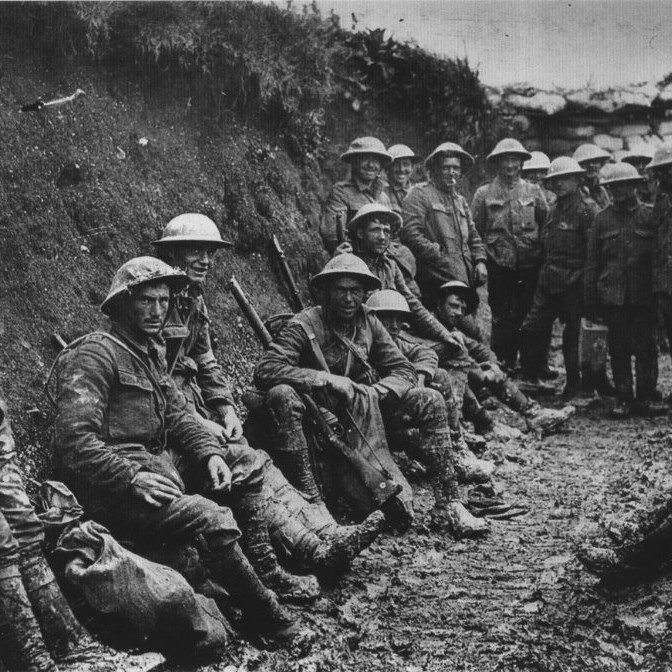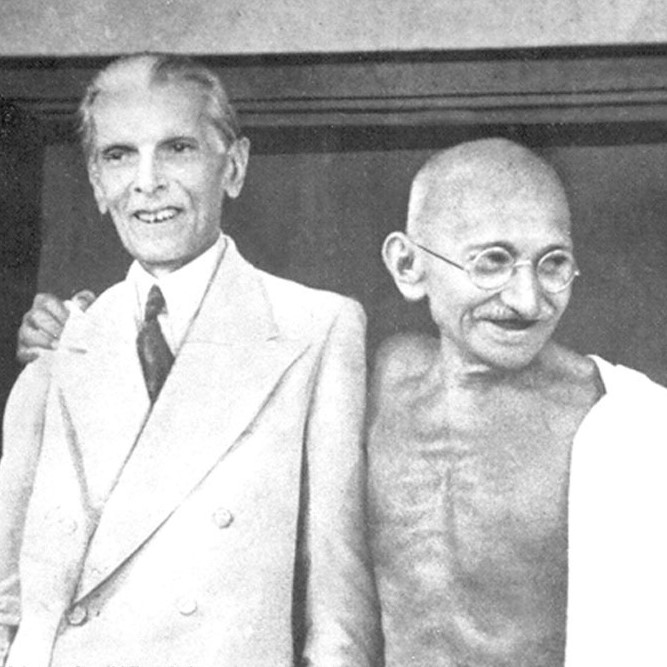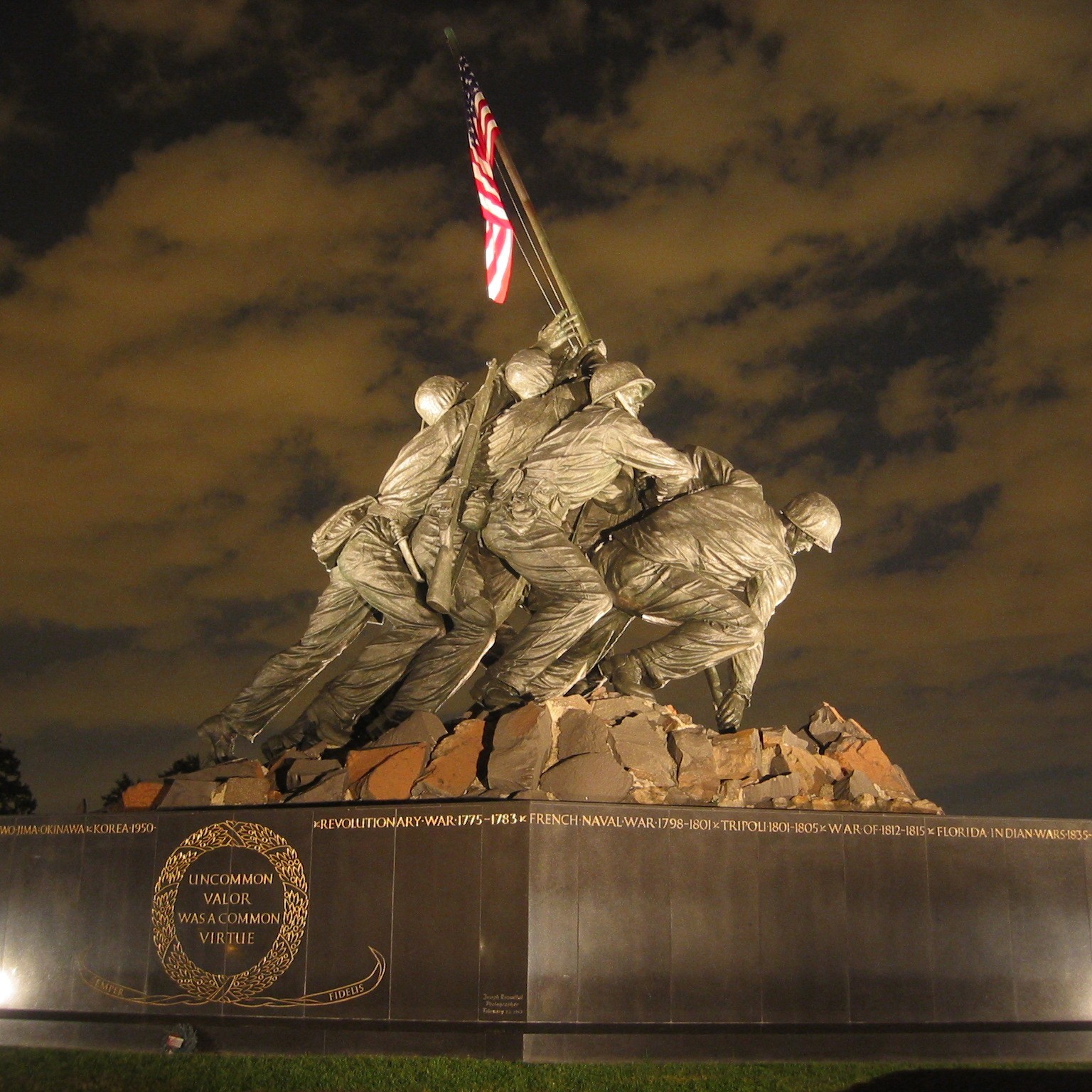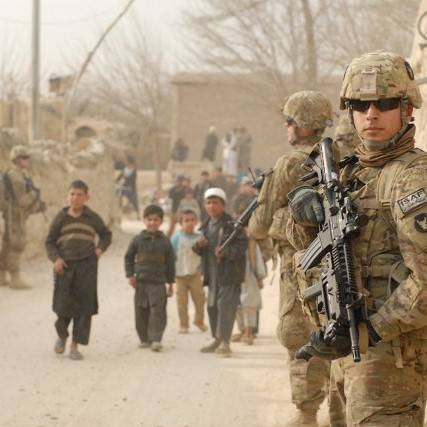Unit 5 World History
A landing craft dropping soldiers off under fire on Omaha Beach during the D-Day invasion. (Public Domain photo. Info can be found here)
Gandhi picking salt on the beach at the end of the Salt March in 1930. (Public Domain photo. Info can be found here)
Unit 5
1914 CE – Present
This last unit of this course covers the time period from the beginning of the First World War (1914) to the present day. This of course includes material that the students are far more familiar with, including everyone’s favorite in World War Two. We also cover a great deal of other concepts that are far less public knowledge including the rise of some of the great men and women of our age like Gandhi, Emmeline Pankhurst, and Nelson Mandela among others. We conclude this unit with an evaluation of the history behind the rise of terrorism in which I do my best to show students the historical narrative that led to the issue. While this can be a touchy subject, my job is simply to get the students to think about the most effective way to end the issue based on their knowledge of history thus far.
Unit Chapters
Choose from the list of Chapters below.

Chapter 16
This chapter covers WWI and its role in creation of the modern world. We take great pains discussing the new technological developments that led to this amazingly bloody war and the ways that were developed to try to bypass this technology. We also cover some of the heroes of the war as well as the causes and effects of the war, with special focus on the Treaty of Versailles.

Chapter 19
As one of the major effects of the 2nd World War, this chapter focuses on the two superpowers that emerge from the war and how they deal with their differences. We of course cover the intrigue in Germany and how everyone dealt with the Berlin Wall, but we also cover the worldwide struggle that ensued between the U.S. and the U.S.S.R. for power.

Chapter 17
The era between the world wars was an important one in a variety of countries around the world. This would start with the Russian and Mexican Revolutions. The Women’s Rights Movement and Great Depression wrap up this unit and the changes these made would have reverberations for years to come. The focus is on the world outside of the U.S. but we do talk a bit about the U.S..

Chapter 20
One subject that is ignored in history far too often are the movements to break free from colonialism/imperialism in the world after World War II. Many colonies of Western powers were able to break free during this time period and transformed whole continents because of it. Independence movements in Africa and India become a focus, but we cover others also.

Chapter 18
This chapter is obviously one of the favorites of students, but we do cover the material in a different manner. In this class we cover how the rest of the world dealt with this war. We start by trying to explain the causes of this war with special emphasis in describing the conditions in Italy, Germany, and Japan that led to their aggressiveness. The rest of the focus is on large scale strategies.

Chapter 21
This last chapter covers globalization of recent years and how that changes the way humans relate to each other. The chapter ends with a deep introduction to the rise of Islamic terrorism and what the causes for this were. Students are given this information in the hopes that they will be able to write an essay about how we fix these issues in the future.

